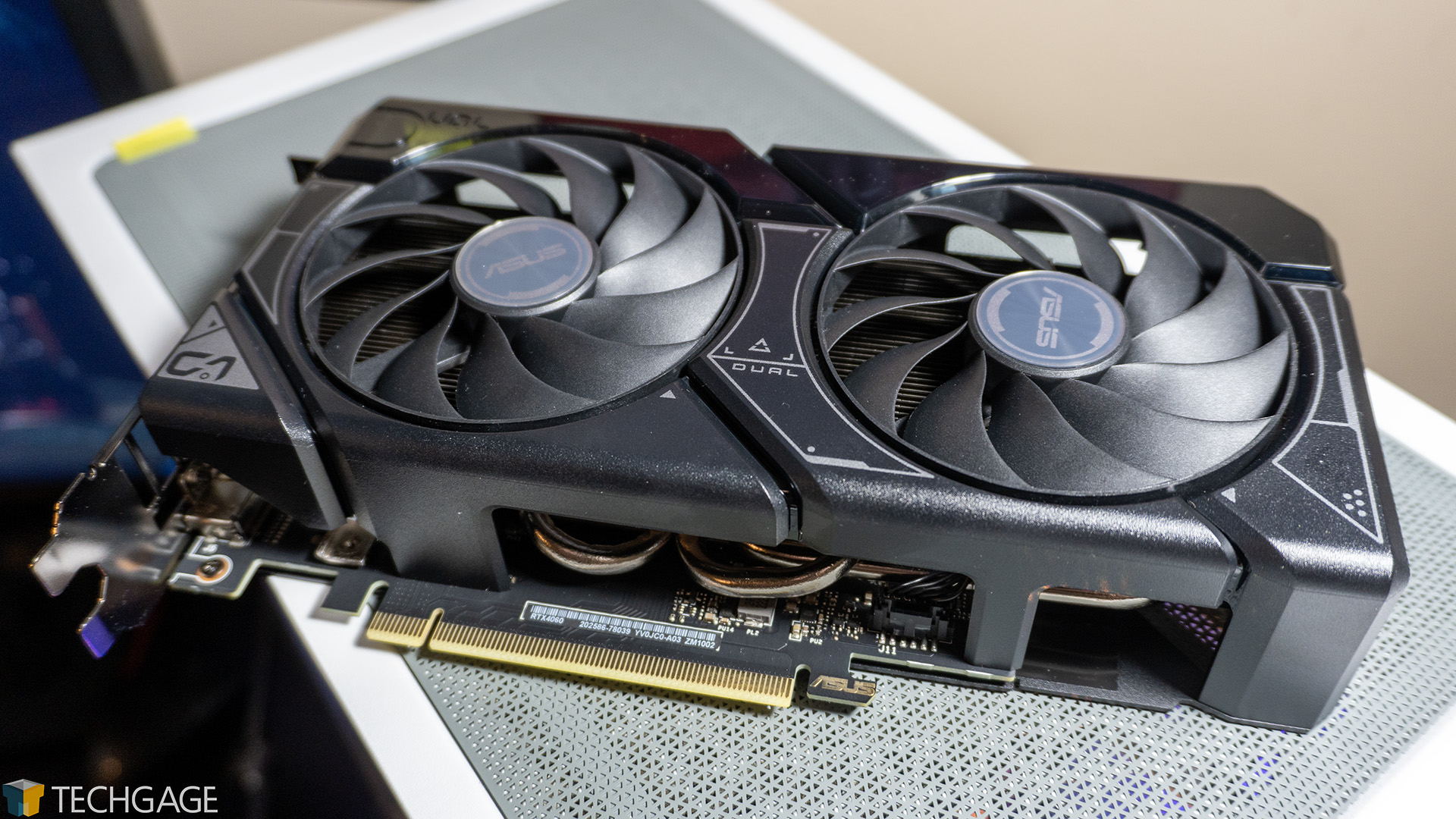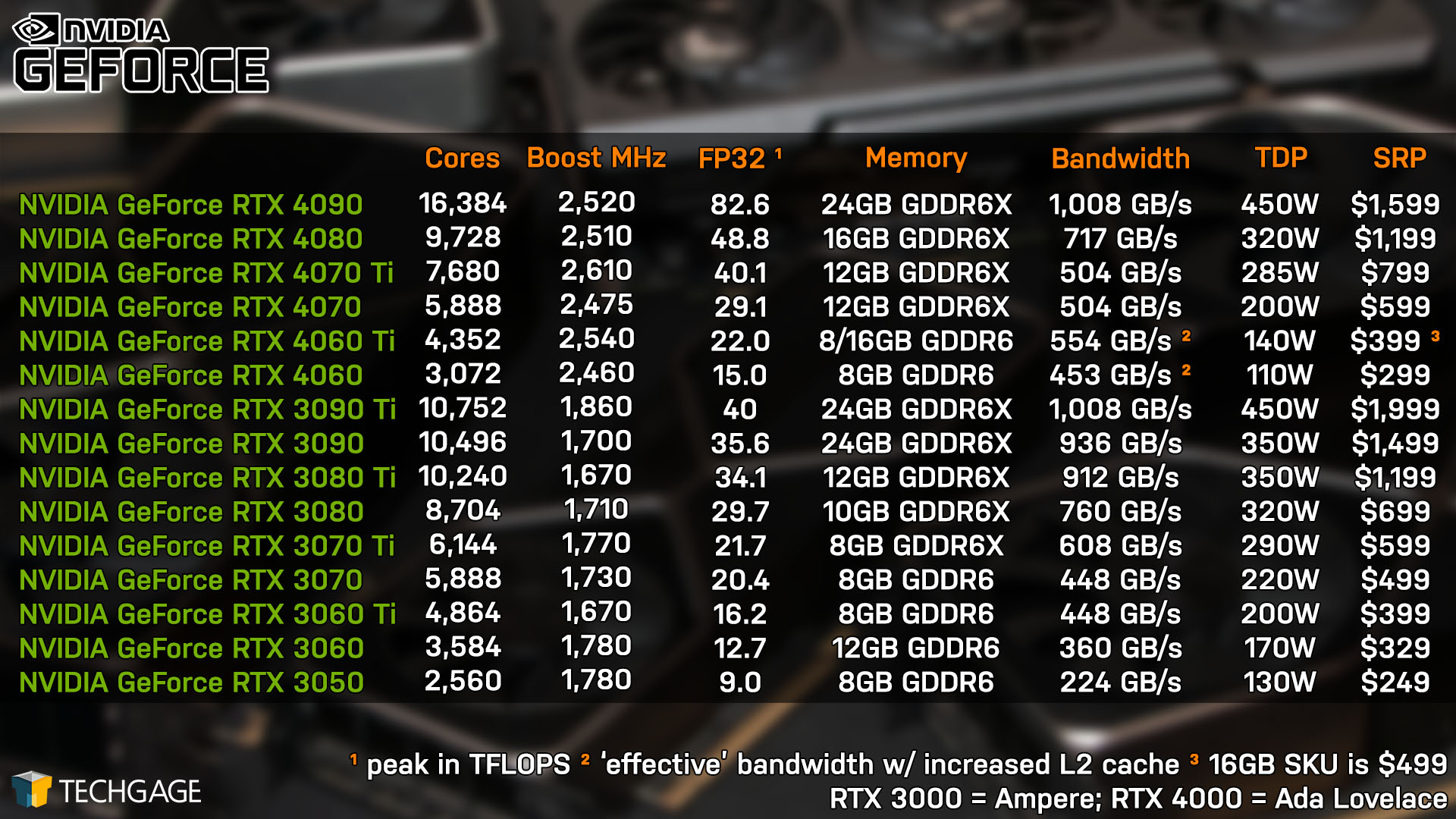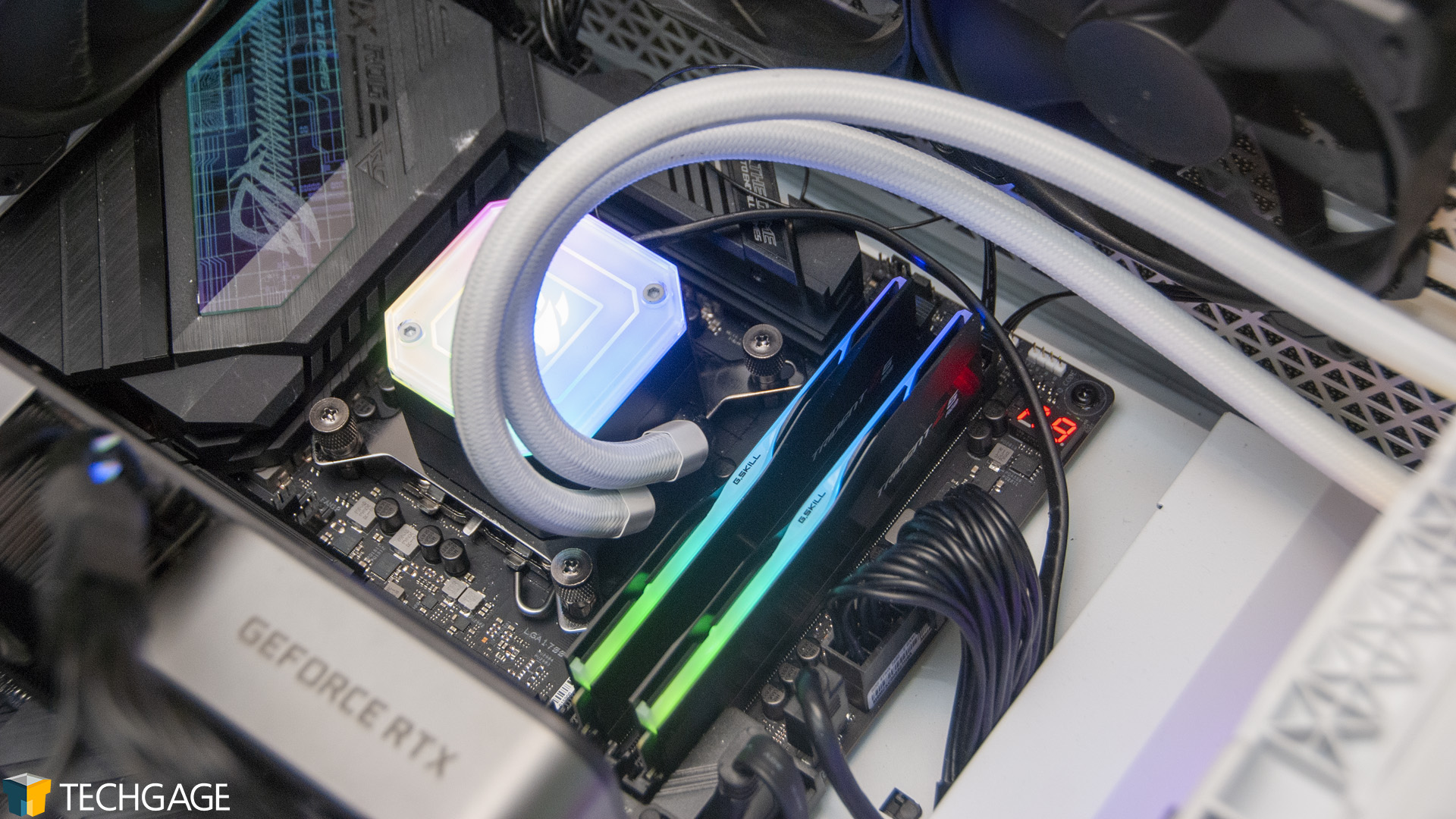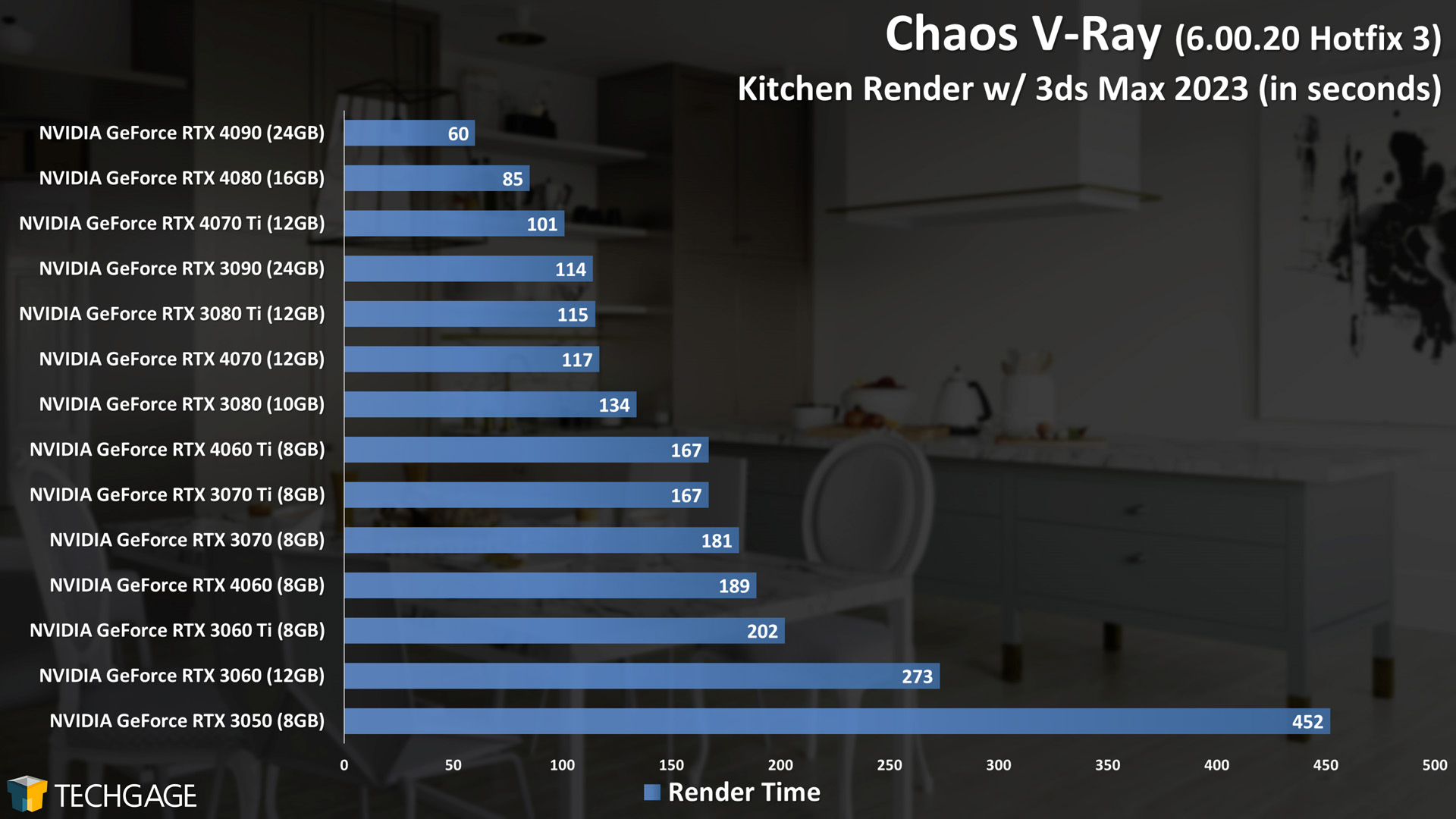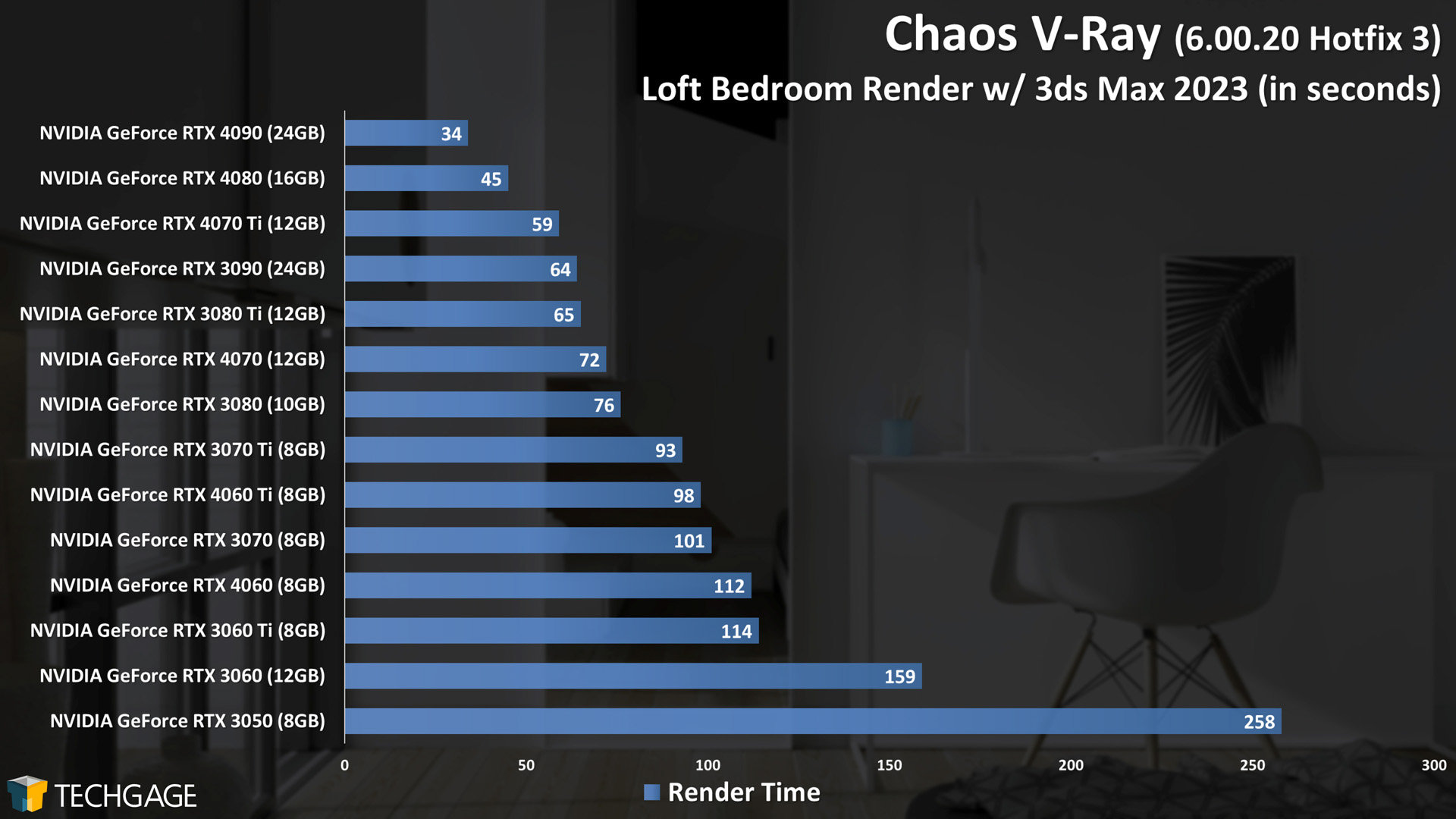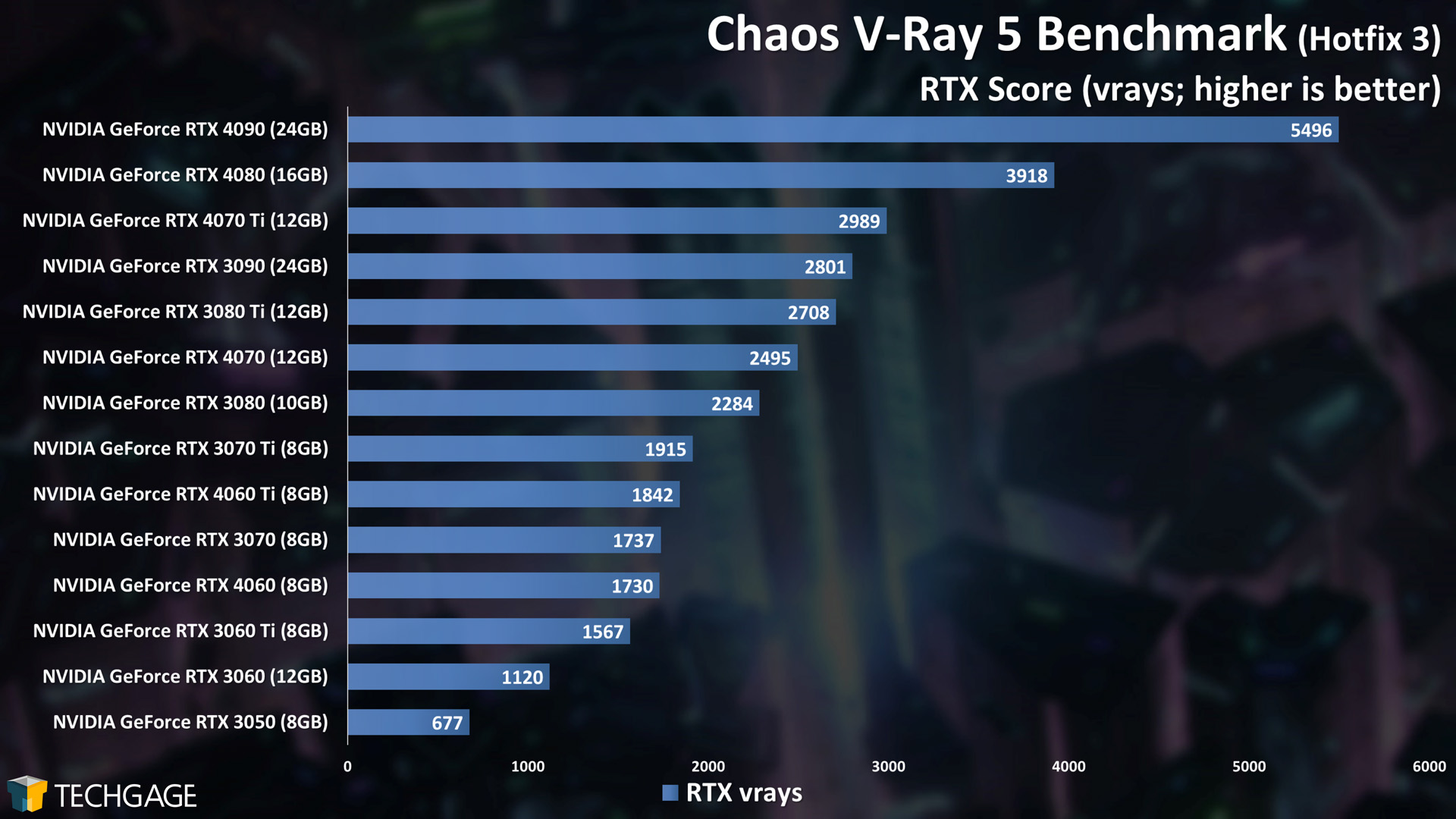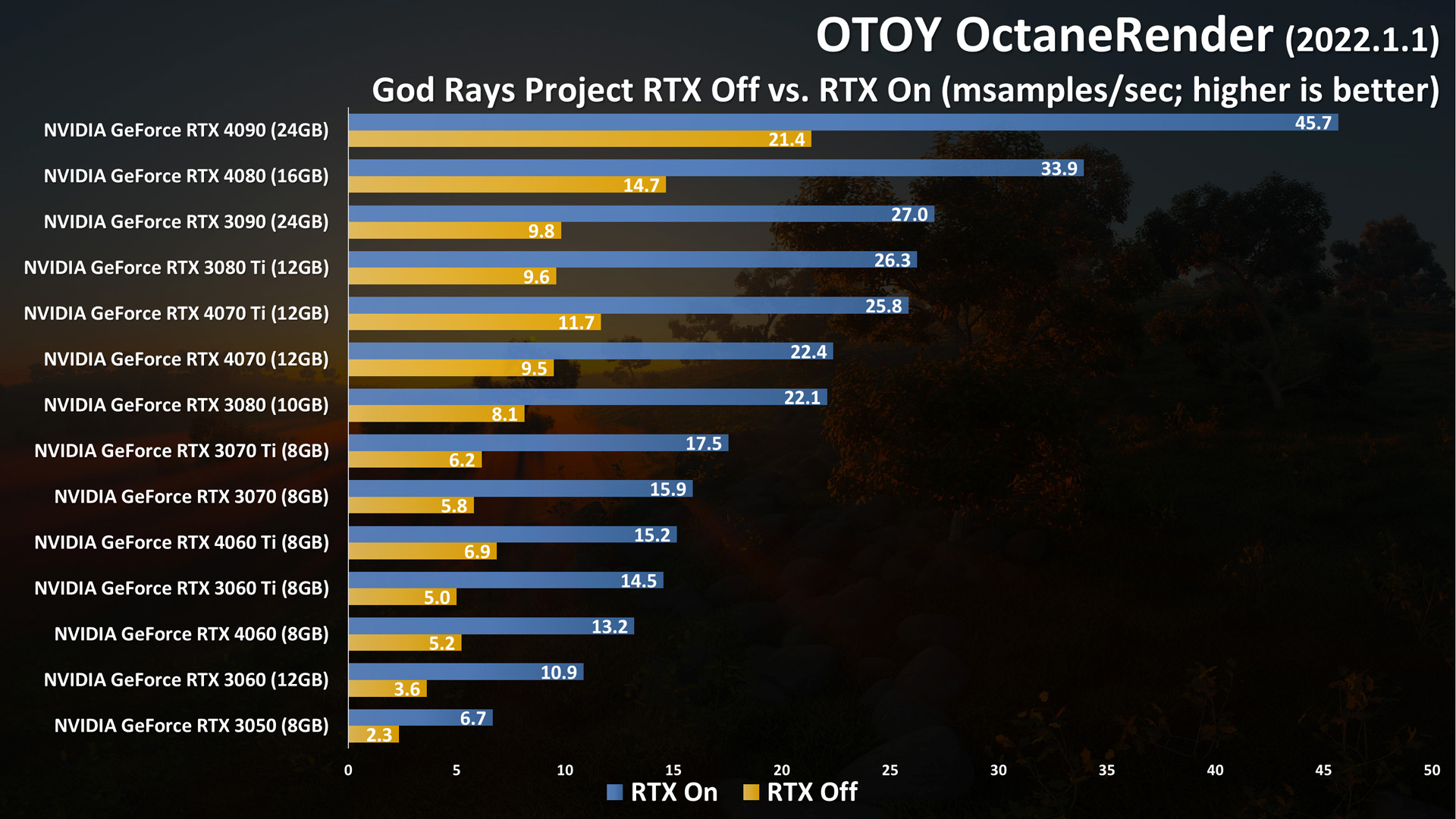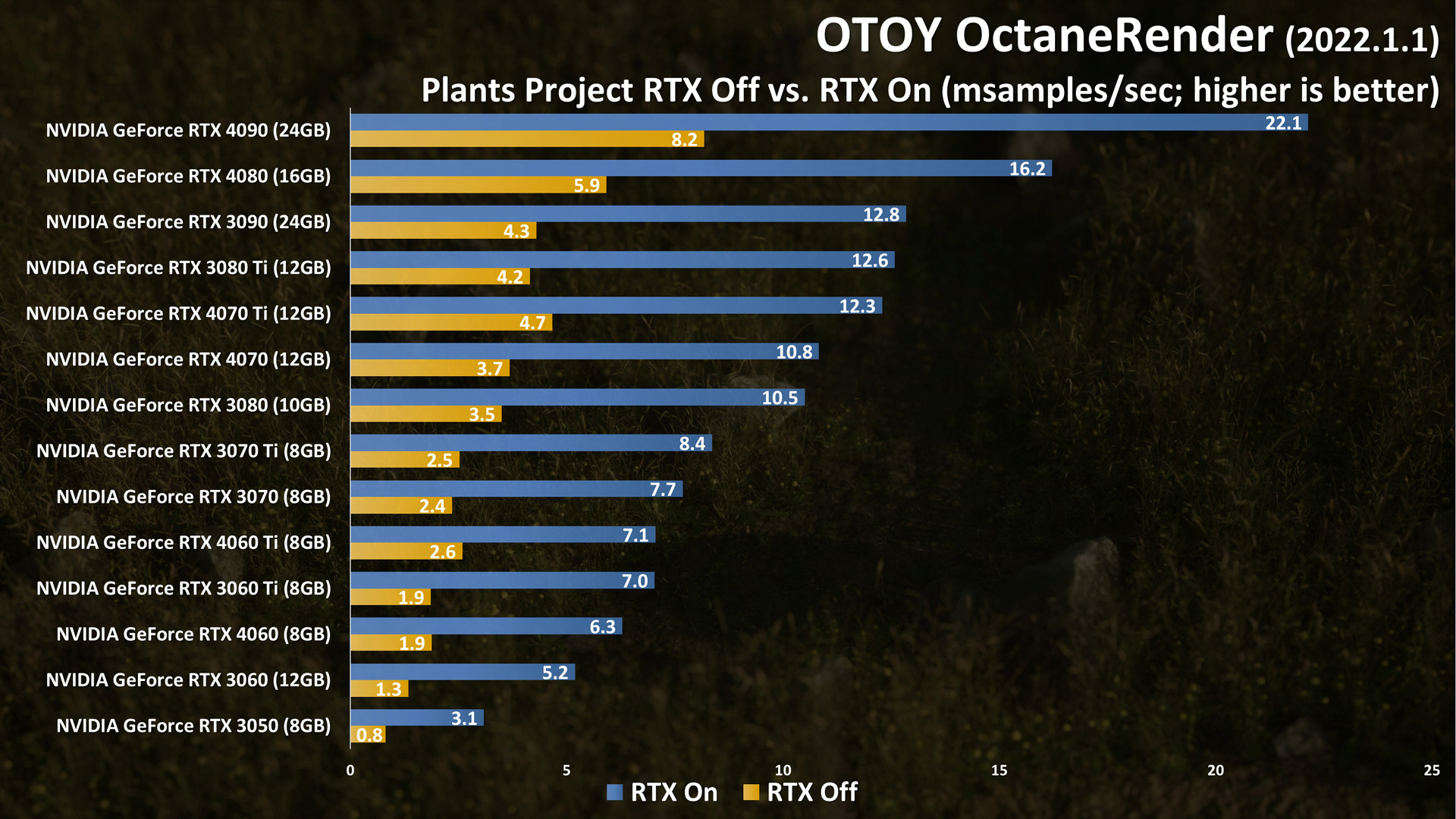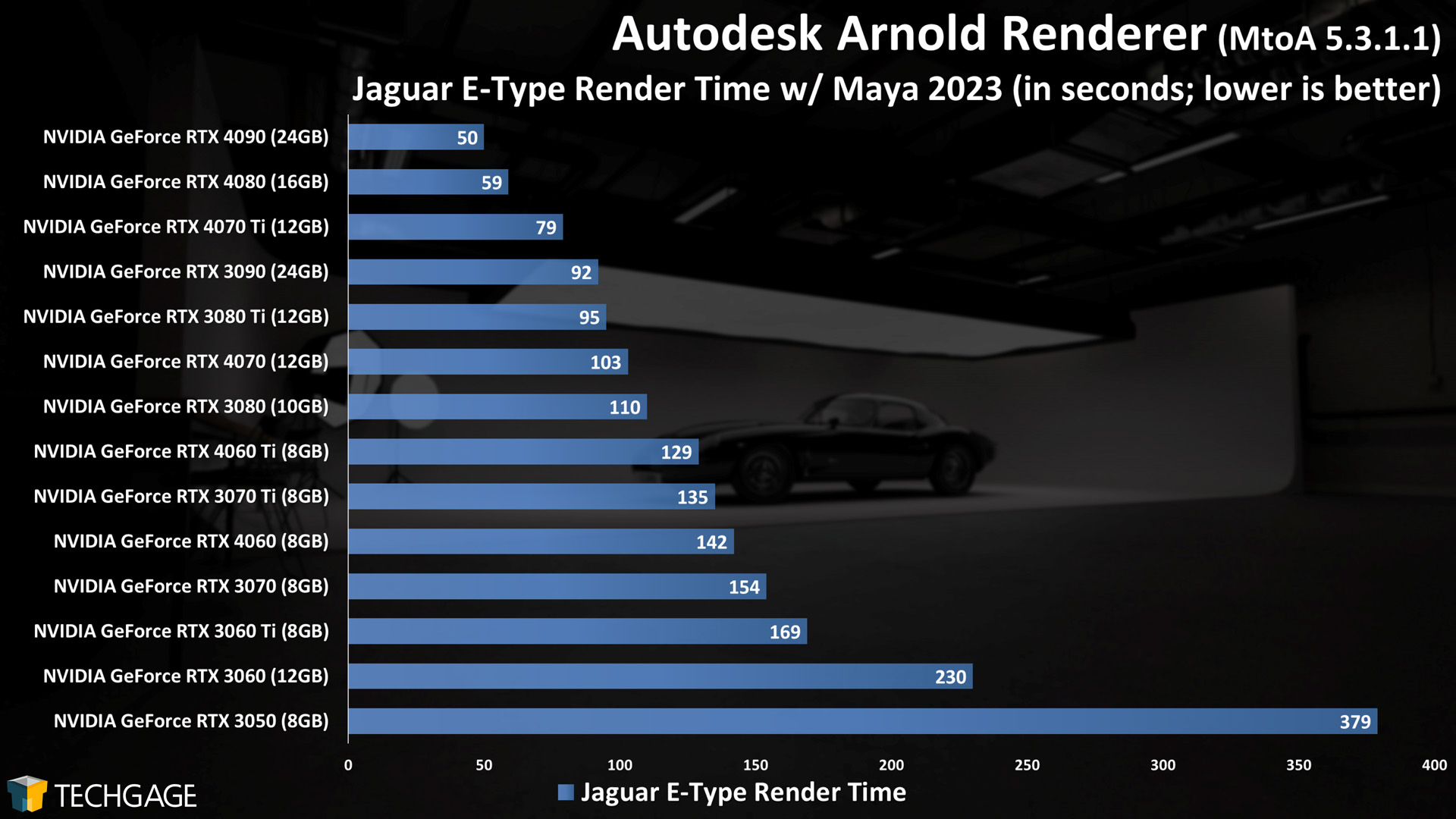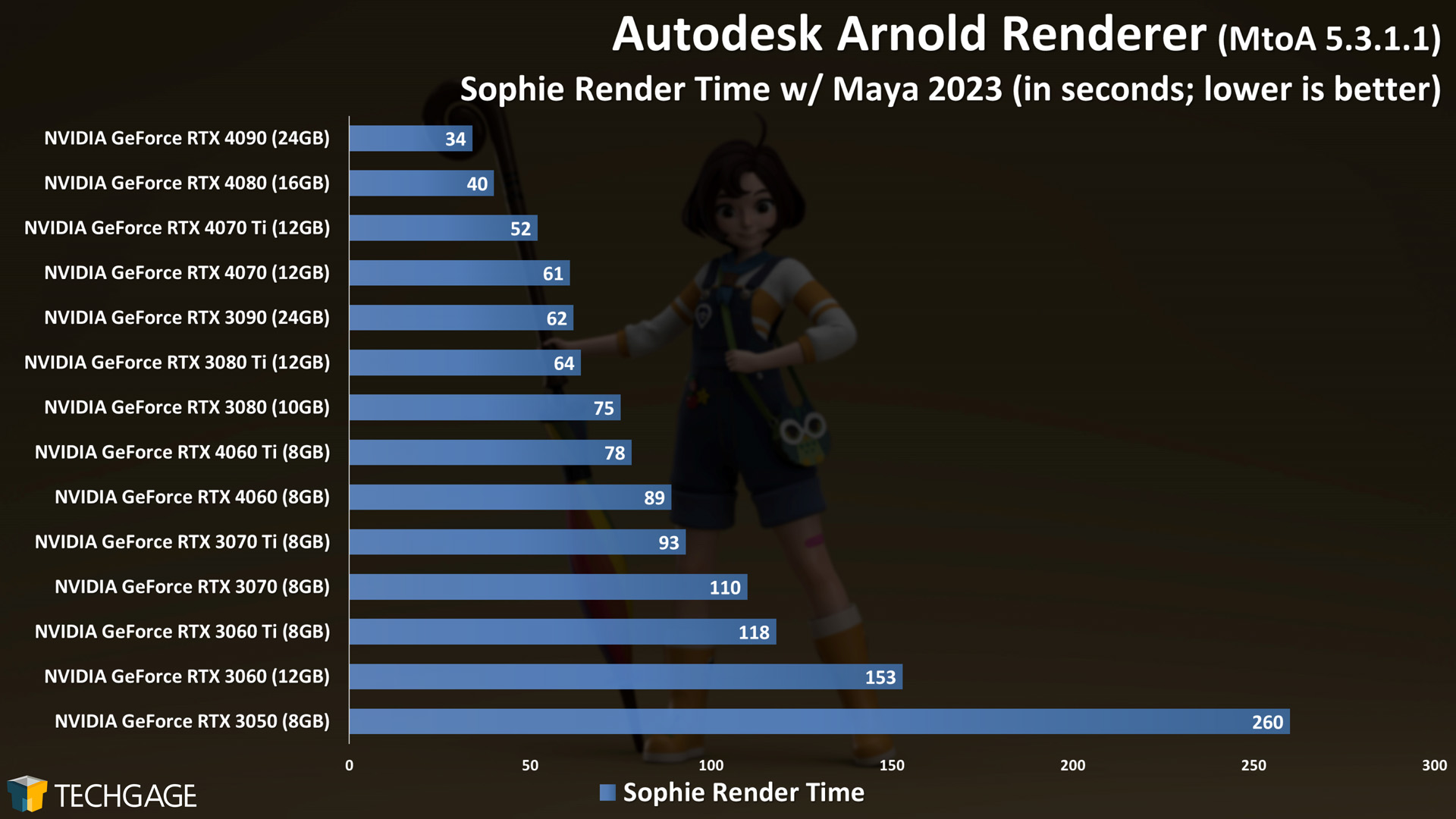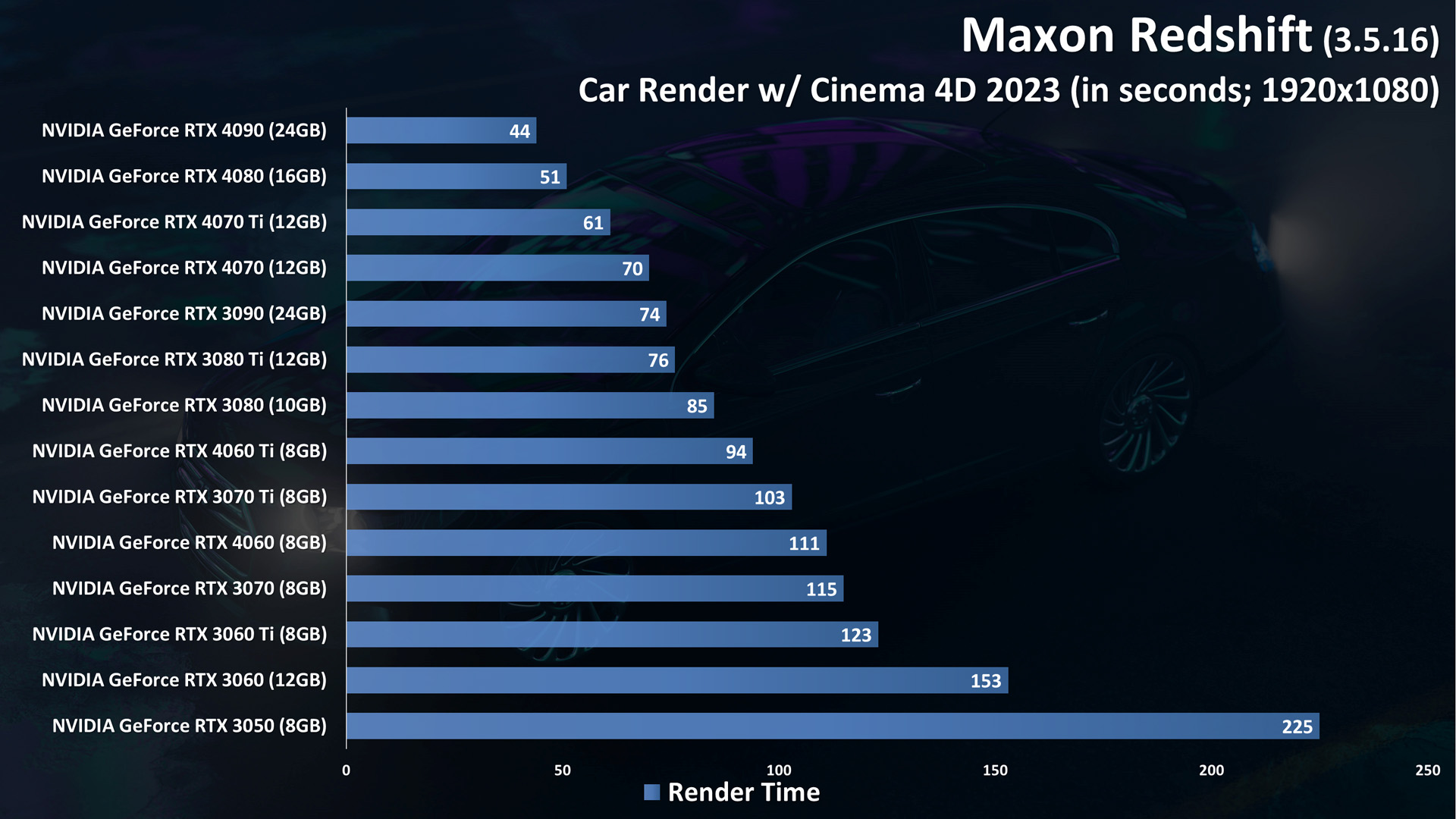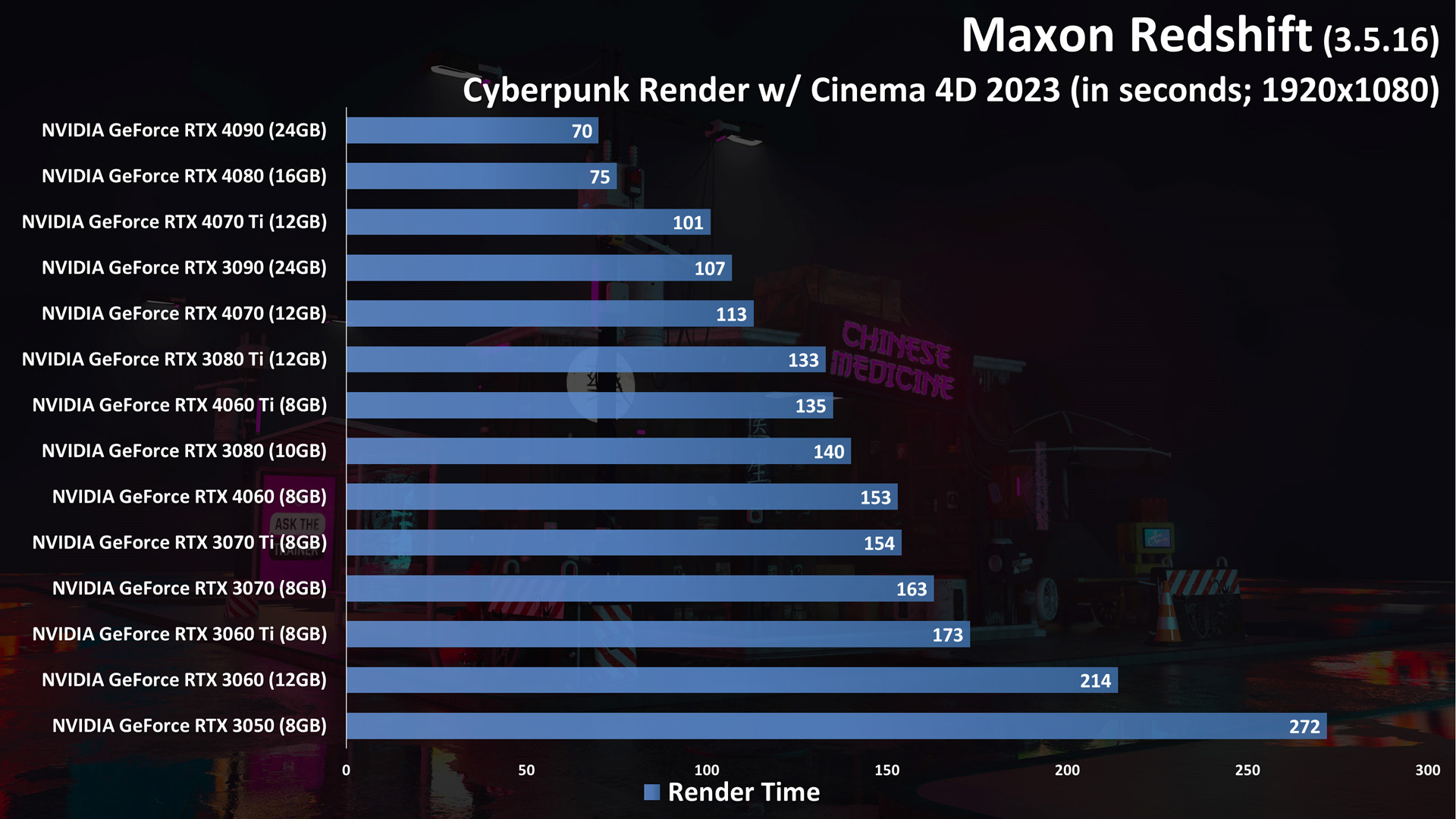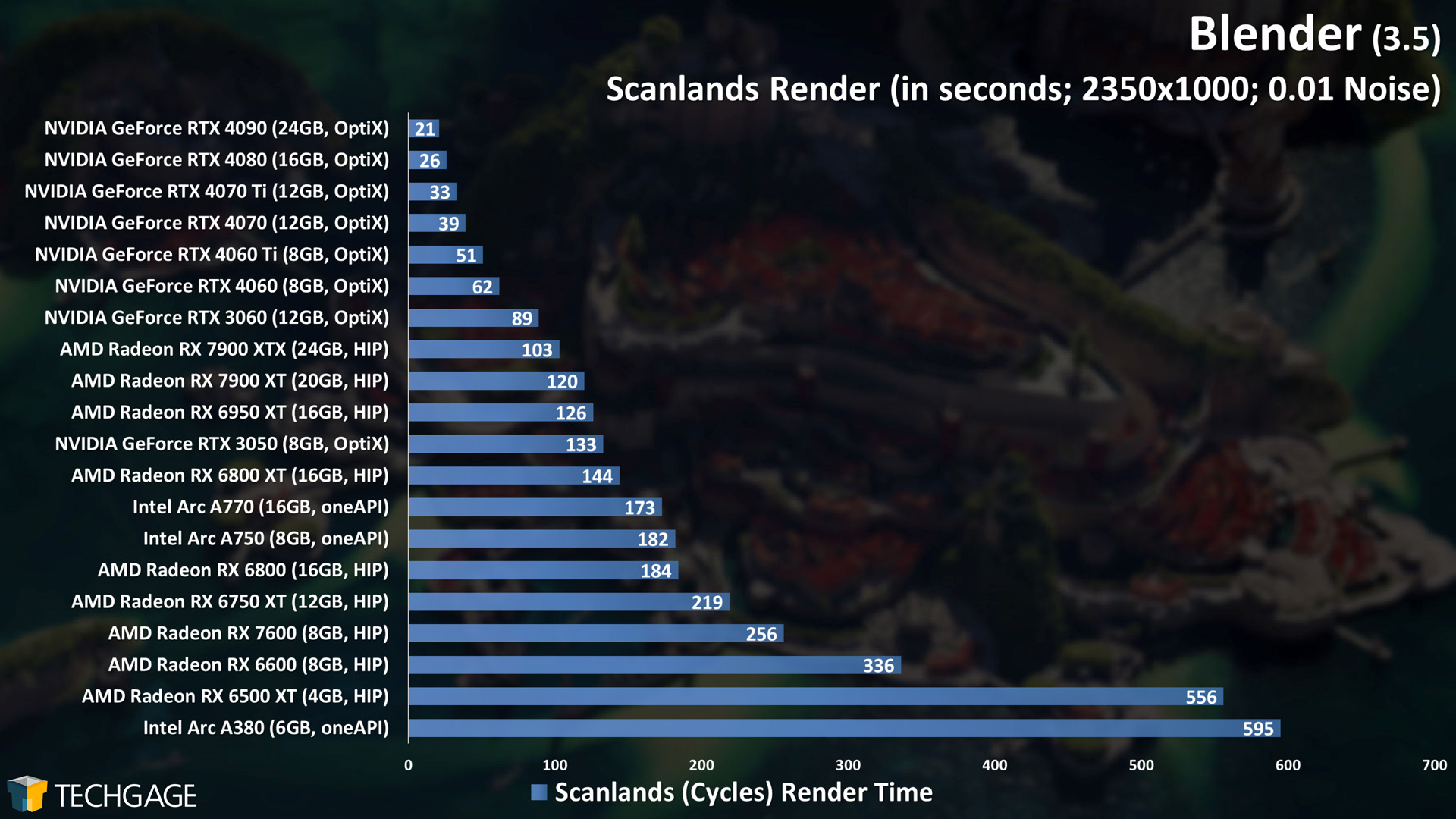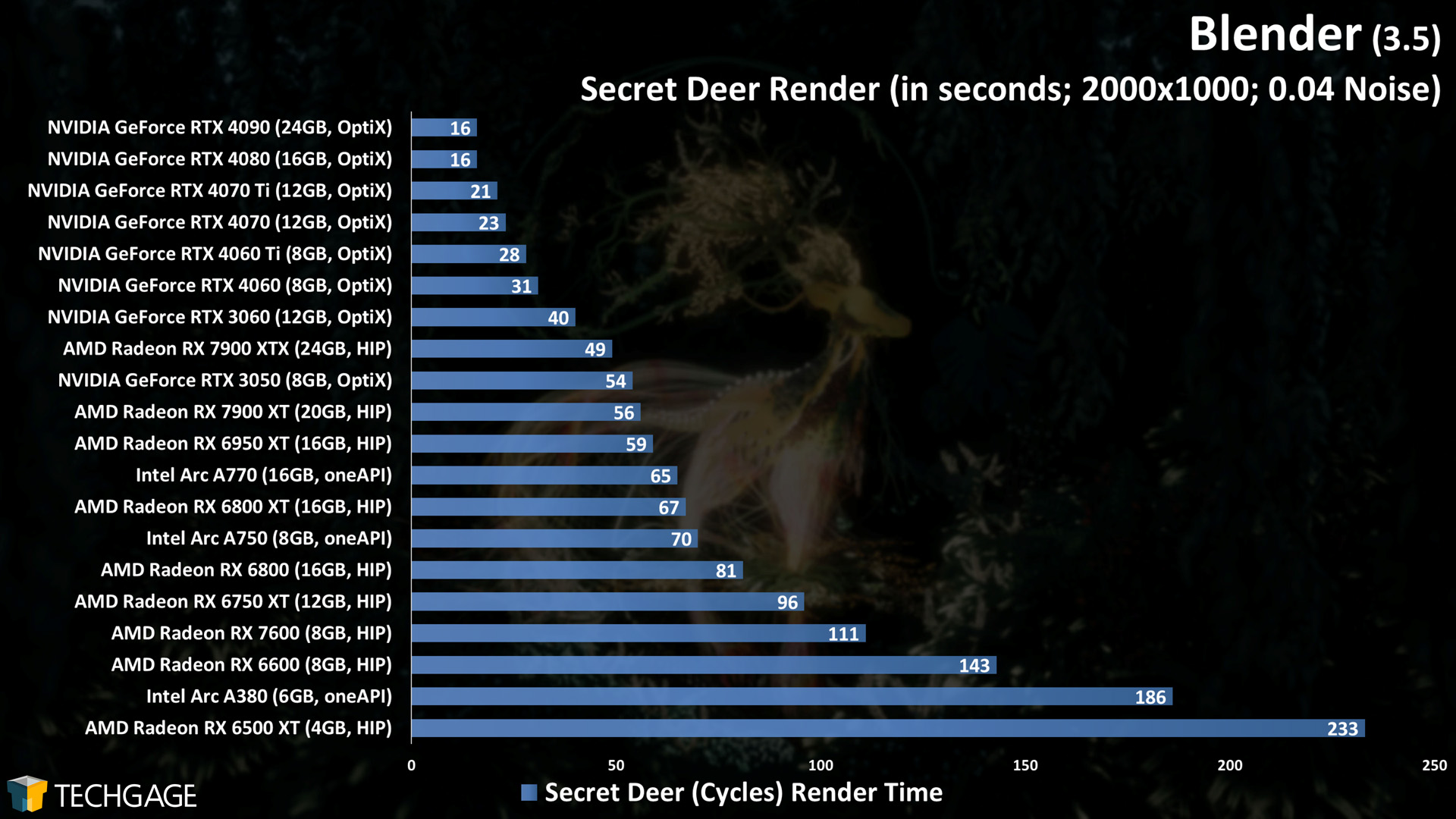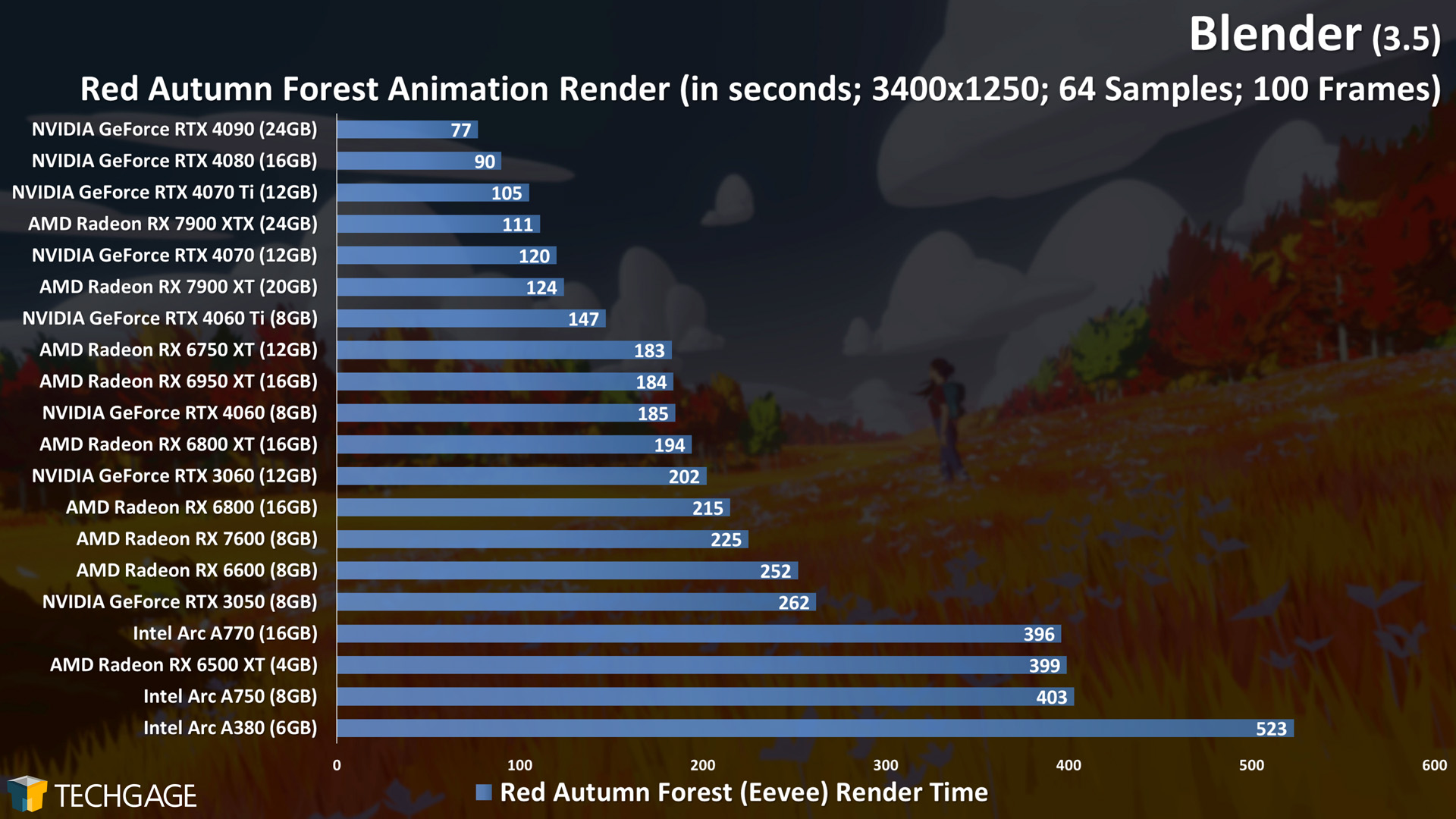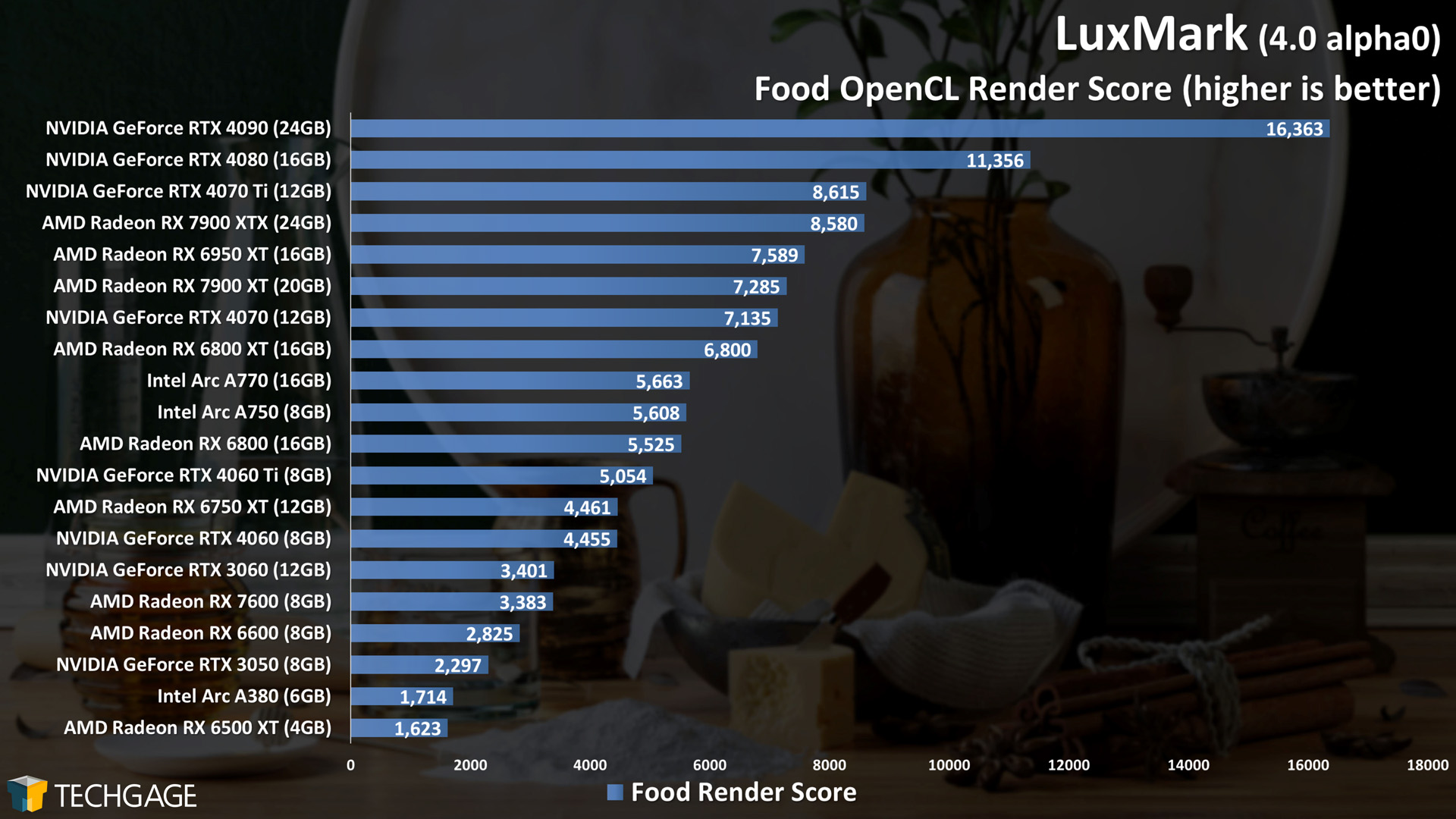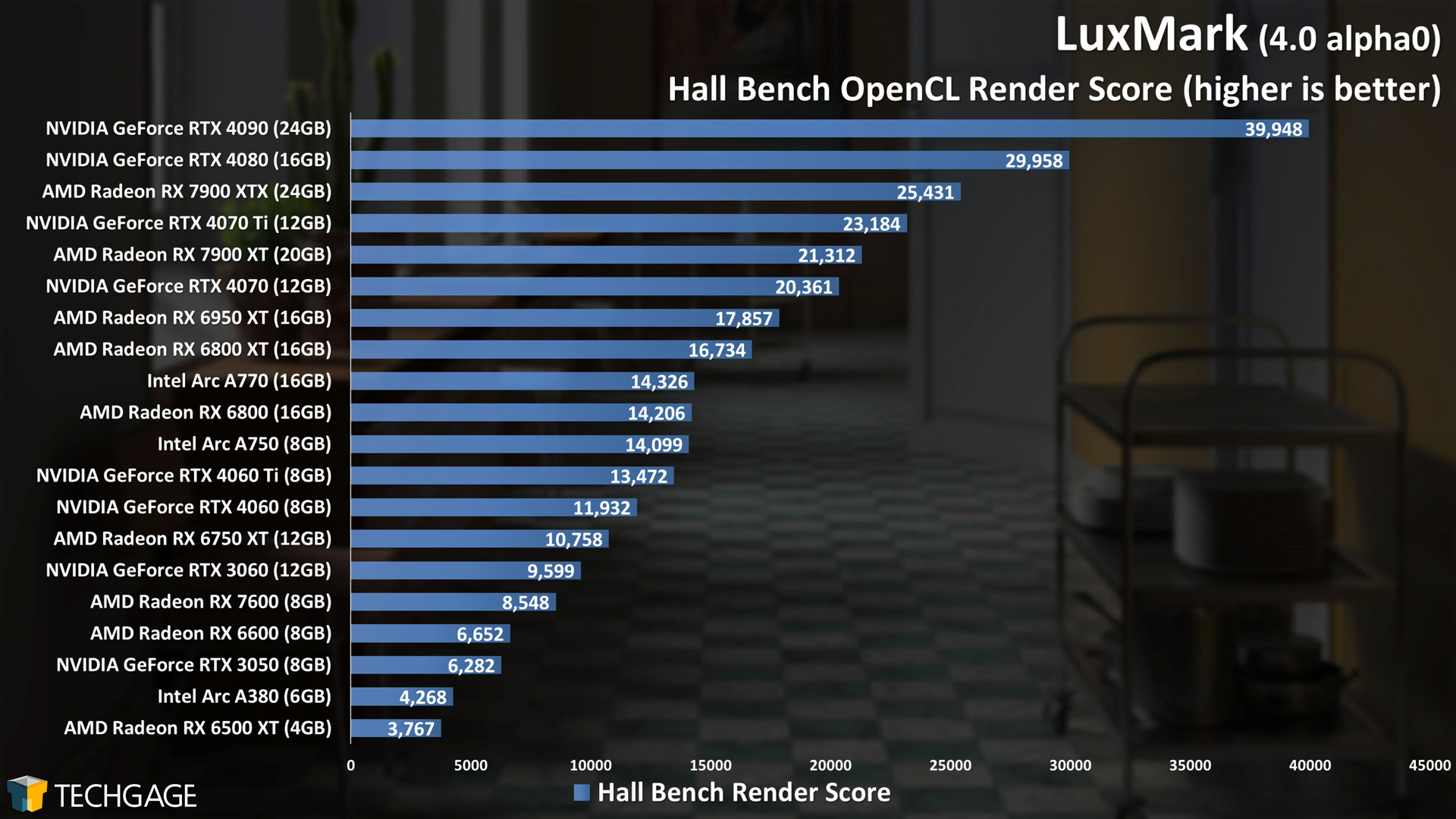- Qualcomm Launches Snapdragon 4 Gen 2 Mobile Platform
- AMD Launches Ryzen PRO 7000 Series Mobile & Desktop Platform
- Intel Launches Sleek Single-Slot Arc Pro A60 Workstation Graphics Card
- NVIDIA Announces Latest Ada Lovelace Additions: GeForce RTX 4060 Ti & RTX 4060
- Maxon Redshift With AMD Radeon GPU Rendering Support Now Available
A Look At NVIDIA’s GeForce RTX 4060 8GB Rendering Performance
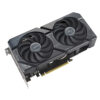
The latest entrant to join NVIDIA’s Ada Lovelace GeForce lineup is the RTX 4060. Priced at $299, the 8GB RTX 4060 targets those who’ve been waiting to upgrade from one of the predecessor cards, and wants to take advantage of the latest GeForce feature set – including niceties such as DLSS 3.
NVIDIA has just launched its latest Ada Lovelace-based GeForce: RTX 4060 8GB. Unlike most launches, which NVIDIA (and others) like to keep under wraps until the last minute, anyone who pays attention to the PC hardware space won’t be surprised by this one, as NVIDIA itself revealed the GPU last month.
The GeForce RTX 4060 rounds-out NVIDIA’s current-gen GeForce lineup. We inquired as to whether or not the RTX 3050 is still considered part of the “current” GeForce lineup, and it seems that no, not really. It might still be a good option for your particular use case, but as far as the Ada Lovelace generation goes, the RTX 4060 might be the final Ada SKU until NVIDIA decides to inject some SUPER or Ti into the lineup.
When we covered the RTX 4060 Ti last month, we mentioned that one of the biggest selling-points was its inclusion of DLSS 3, and especially the Frame Generation feature. Not a single thing changes with this RTX 4060 – it just happens to be an even lower-end part.
From a specs perspective, the single-precision performance rating implies that the RTX 4060 is about 18% faster than the RTX 3060, which is roughly what we’d expect gen-on-gen. If that’s not impressive enough, that’s where DLSS 3 and FG come in to try to sway you.
We’re hitting this RTX 4060 launch with a look at a creator angle, but one that’s a lot more focused than we intended it to be. In recent weeks, we’ve overhauled a few of our video encode tests, and some odd results found while benchmarking forced us to shelve them for now, and dig deeper after this is posted.
On the gaming side, NVIDIA talks of the RTX 4060 being a perfect upgrade for anyone on a previous generation same-series card, eg: GTX 1060, RTX 2060, or RTX 3060. We’d wager the first two are far more appropriate to upgrade from; anyone wanting to move off of an RTX 3060 should look at something like the RTX 4060 Ti at least.
One change worth noting between the RTX 3060 and RTX 4060 is that the older card launched with 12GB of memory. For creators, this might mean that the RTX 3060 ends up being the safer bet, because while performance can be worked around in some ways, memory limits can be a real roadblock. We’ve even seen examples where a simpler workload like Adobe Lightroom Classic JPG export allows an RTX 3060 12GB to outperform an RTX 3070 Ti 8GB.
While it would have been nice to see 12GB on the RTX 4060, NVIDIA’s safe for the fact that it’d be hard to expect that much memory on a $299 SKU. Even when the RTX 3060 12GB launched at $329, its SRP felt like it was fiction, because at no point in the months following its launch did we see the card be available for close to that price. If only the memory on our GPUs was modular like our motherboards!
As mentioned above, we’re taking a super-quick look at the RTX 4060 in rendering tests first, as we’re working to refine and update video-related and other tests. Much of the performance here was gathered from our previous look at the RTX 4060 Ti, as sanity tests with updated drivers proved that nothing’s changed performance-wise since then. We were thankfully able to add in OctaneRender and Redshift results this time around, though.
| Techgage Creator GPU Testing PC | |
| Processor | Intel Core i9-13900K (3.0GHz, 24C/32T) |
| Motherboard | ASUS ROG STRIX Z690-E GAMING WIFI CPUs tested with 2305 BIOS (March 10, 2023) |
| Memory | G.SKILL Trident Z5 RGB (F5-6000J3040F16G) 16GB x2 XMP-enabled w/ freq. set to DDR5-6000 (30-40-40-96, 1.35V) |
| AMD Graphics | AMD Radeon RX 7900 XTX (24GB; Adrenalin 23.4.1) AMD Radeon RX 7900 XT (20GB; Adrenalin 23.4.1) AMD Radeon RX 7600 (8GB; Beta 23.10.01.16) AMD Radeon RX 6950 XT (16GB; Adrenalin 23.4.1) AMD Radeon RX 6800 XT (16GB; Adrenalin 23.4.1) AMD Radeon RX 6800 (16GB; Adrenalin 23.4.1) AMD Radeon RX 6750 XT (12GB; Adrenalin 23.4.1) AMD Radeon RX 6600 XT (8GB; Adrenalin 23.4.1) AMD Radeon RX 6600 (8GB; Adrenalin 23.4.1) AMD Radeon RX 6500 XT (4GB; Adrenalin 23.4.1) |
| Intel Graphics | Intel Arc A770 (16GB; Arc 31.0.101.4311) Intel Arc A750 (8GB; Arc 31.0.101.4311) Intel Arc A380 (6GB; Arc 31.0.101.4311) |
| NVIDIA Graphics | NVIDIA GeForce RTX 4090 (24GB; Studio 531.61) NVIDIA GeForce RTX 4080 (16GB; Studio 531.61) NVIDIA GeForce RTX 4070 Ti (12GB; Studio 531.61) NVIDIA GeForce RTX 4070 (12GB; Studio 531.61) NVIDIA GeForce RTX 4060 Ti (8GB; Beta 531.93) NVIDIA GeForce RTX 4060 (8GB; Beta 536.20) NVIDIA GeForce RTX 3090 (24GB; Studio 531.61) NVIDIA GeForce RTX 3080 Ti (12GB; Studio 531.61) NVIDIA GeForce RTX 3080 (10GB; Studio 531.61) NVIDIA GeForce RTX 3070 Ti (8GB; Studio 531.61) NVIDIA GeForce RTX 3070 (8GB; Studio 531.61) NVIDIA GeForce RTX 3060 Ti (8GB; Studio 531.61) NVIDIA GeForce RTX 3060 (12GB; Studio 531.61) NVIDIA GeForce RTX 3050 (8GB; Studio 531.61) |
| Storage | WD Blue 3D NAND 1TB x3 (SATA 6Gbps) |
| Power Supply | Corsair RM1000x (1000W) |
| Chassis | Corsair 4000X Mid-tower |
| Cooling | Corsair H150i ELITE CAPELLIX (360mm) |
| Et cetera | Windows 11 Pro 22H2, Build 22621 Intel Chipset Driver: 10.1.19222.8341 Intel ME Driver: 2242.3.34.0 |
| All product links in this table are affiliated, and help support our work. | |
Chaos V-Ray
OctaneRender
Autodesk Arnold
Maxon Redshift
Blender
LuxMark
(Semi-)Final Thoughts
While a creator angle of any GPU is going to involve more than just rendering, rendering is one of the best types of workloads to showcase what any one GPU can do against another. After poring over these results, we can see that the new RTX 4060 easily beats out its RTX 3060 predecessor, and often surpasses either the RTX 3070 or RTX 3070 Ti, depending on the render engine.
When we compare against the last-gen parts, the RTX 4060 looks quite good, in some cases even able to match the RTX 3070 Ti, which SRP’d for $599. That said, there are are variations in performance strengths of the RTX 4060, with it out-performing the RTX 3070 Ti one moment (in Arnold), while other times slides in behind RTX 3070 and just ahead of RTX 3060 Ti.
One performance gain that stood out was with Blender. In both of the Cycles renders, the RTX 4060 leaped quite a bit ahead of the RTX 3060. Note that we didn’t have the full set of last-gen Ampere-based cards in those charts, but results from those can be found here.
One thing we didn’t talk about yet – and it’s largely because we haven’t tested it hands-on – is that the RTX 4060 is spec’d for far less power usage than the RTX 3060 – a difference of 110W vs. 170W. Power use might be one of the least interesting things about a new GPU launch, but we love seeing components improve performance while using less power – it’s a win-win.
For now, this is all we can really say about the RTX 4060. First impressions are good overall, although we know that on the gaming side of the fence, the pièce de résistance is going to revolve around DLSS 3 and its frame generation feature, which can boost the overall and percentile frame rates with the help of AI. This feature is best used when the base-line (with DLSS, but not FG) FPS is suitable for regular play, as a 100 FPS game with 30 FPS input latency is going to feel disjointed.
With a handful of our tests undergoing overhauls, we’re going to revisit this RTX 4060 and the rest of the current-gen lineup in the weeks ahead, so stay tuned.
Support our efforts! With ad revenue at an all-time low for written websites, we're relying more than ever on reader support to help us continue putting so much effort into this type of content. You can support us by becoming a Patron, or by using our Amazon shopping affiliate links listed through our articles. Thanks for your support!




